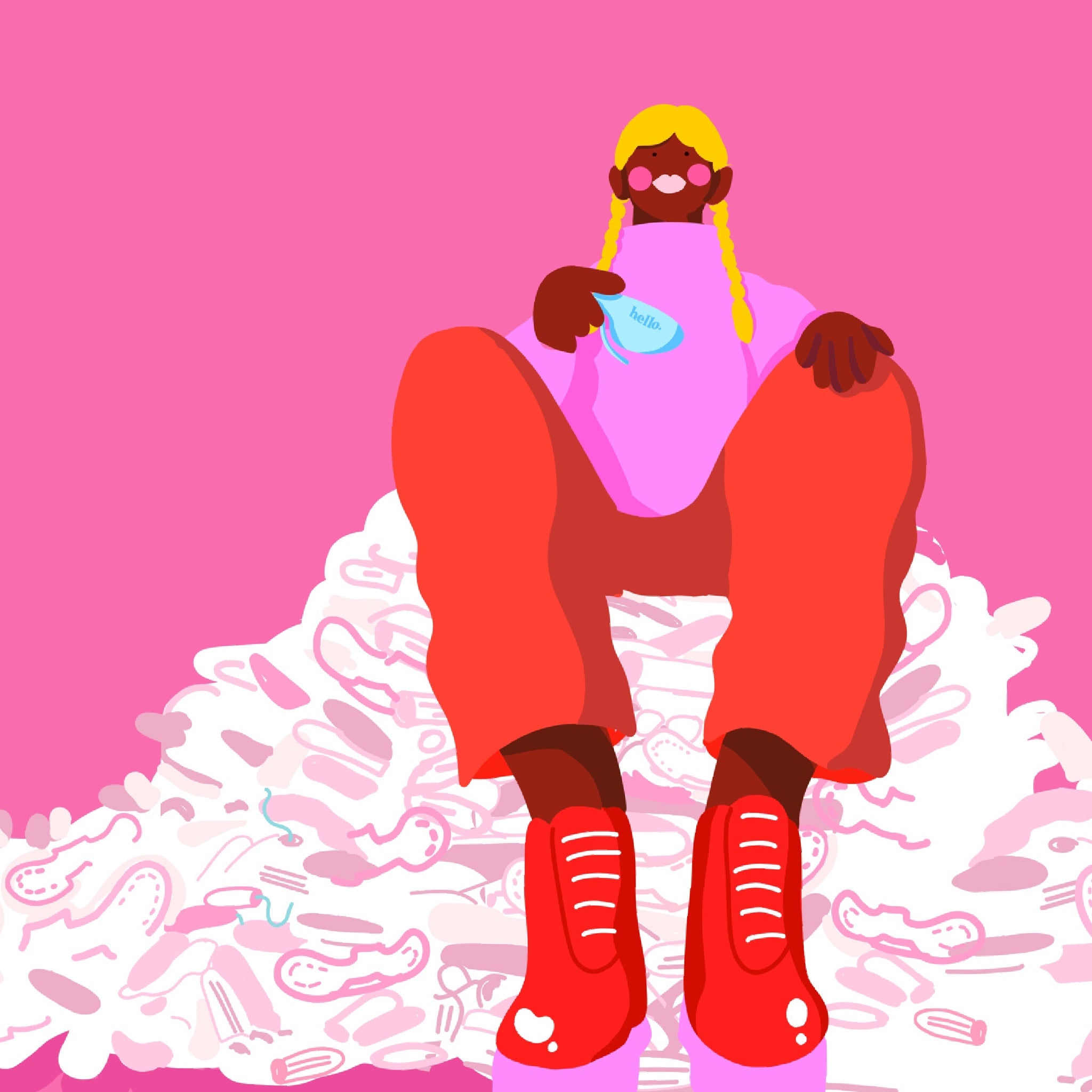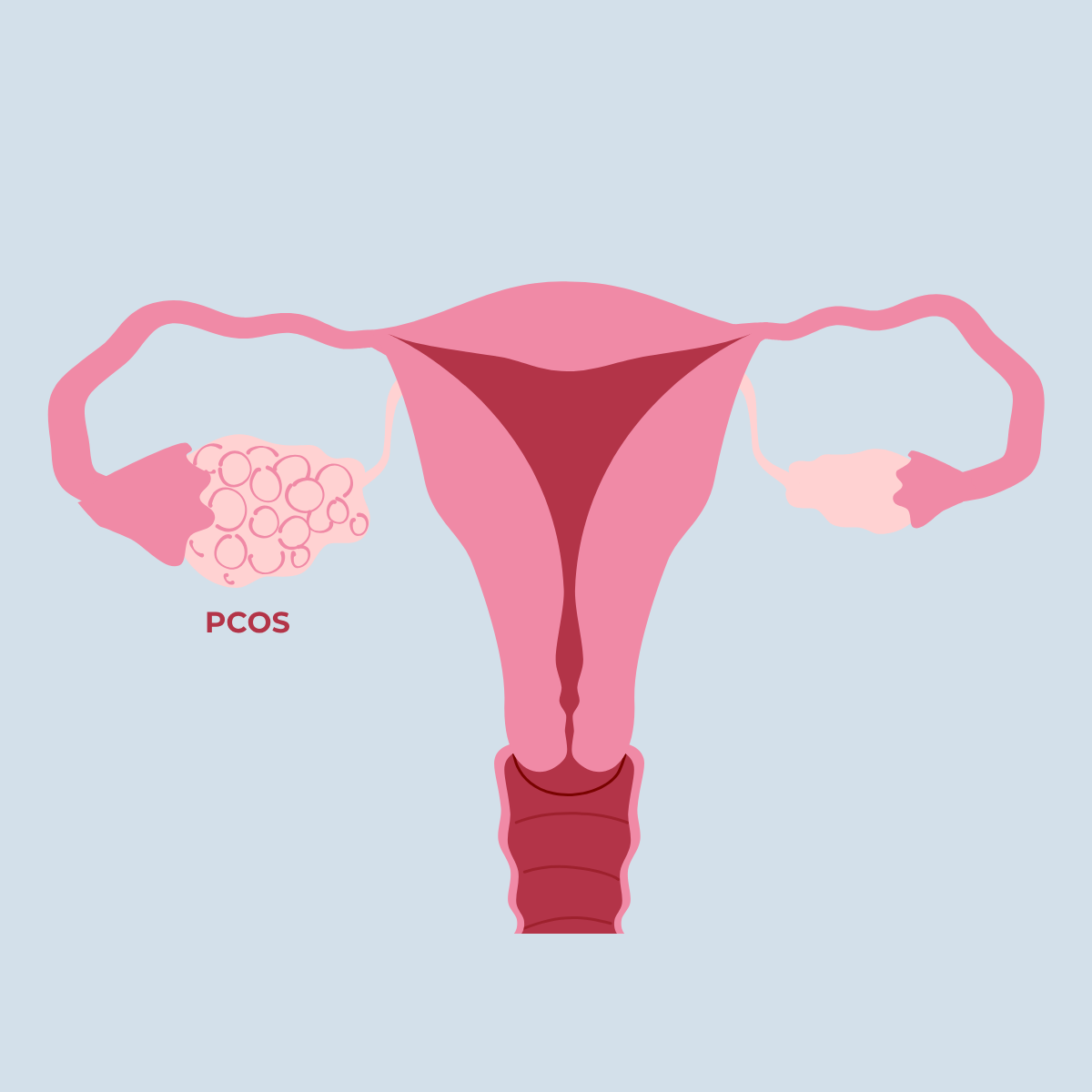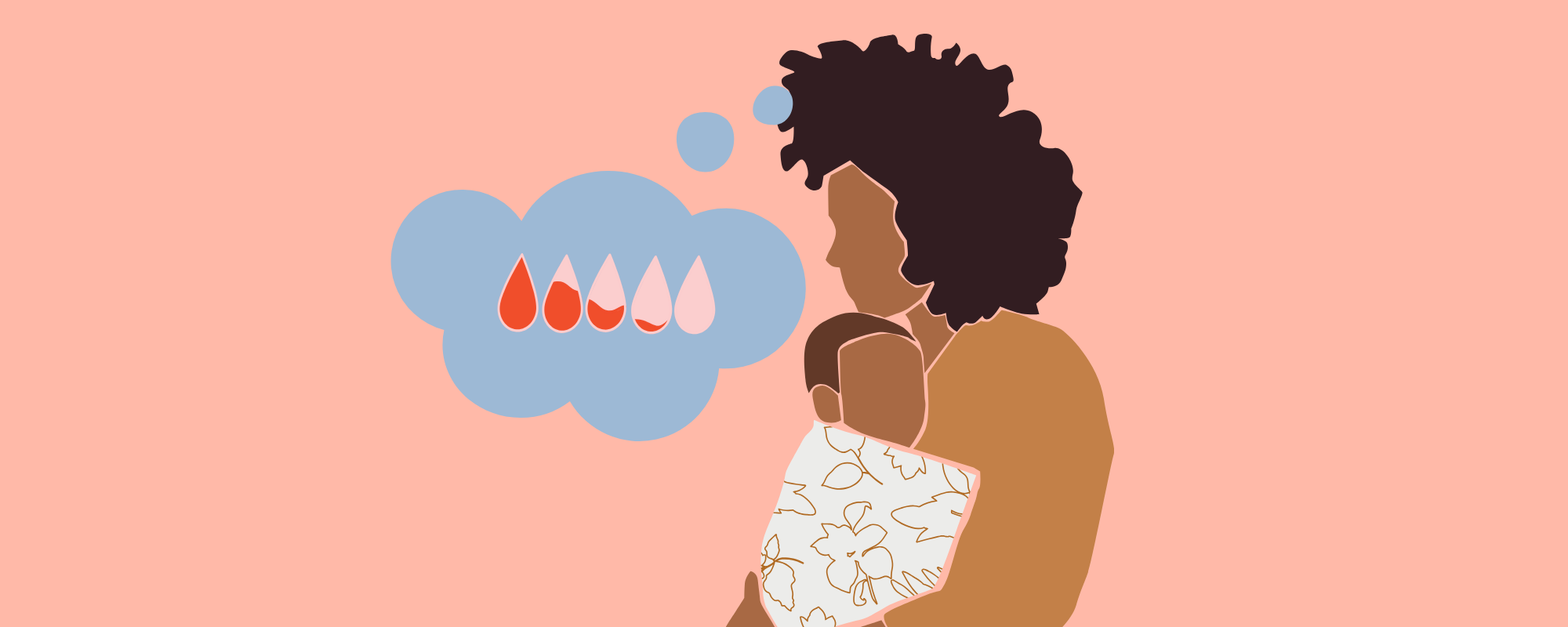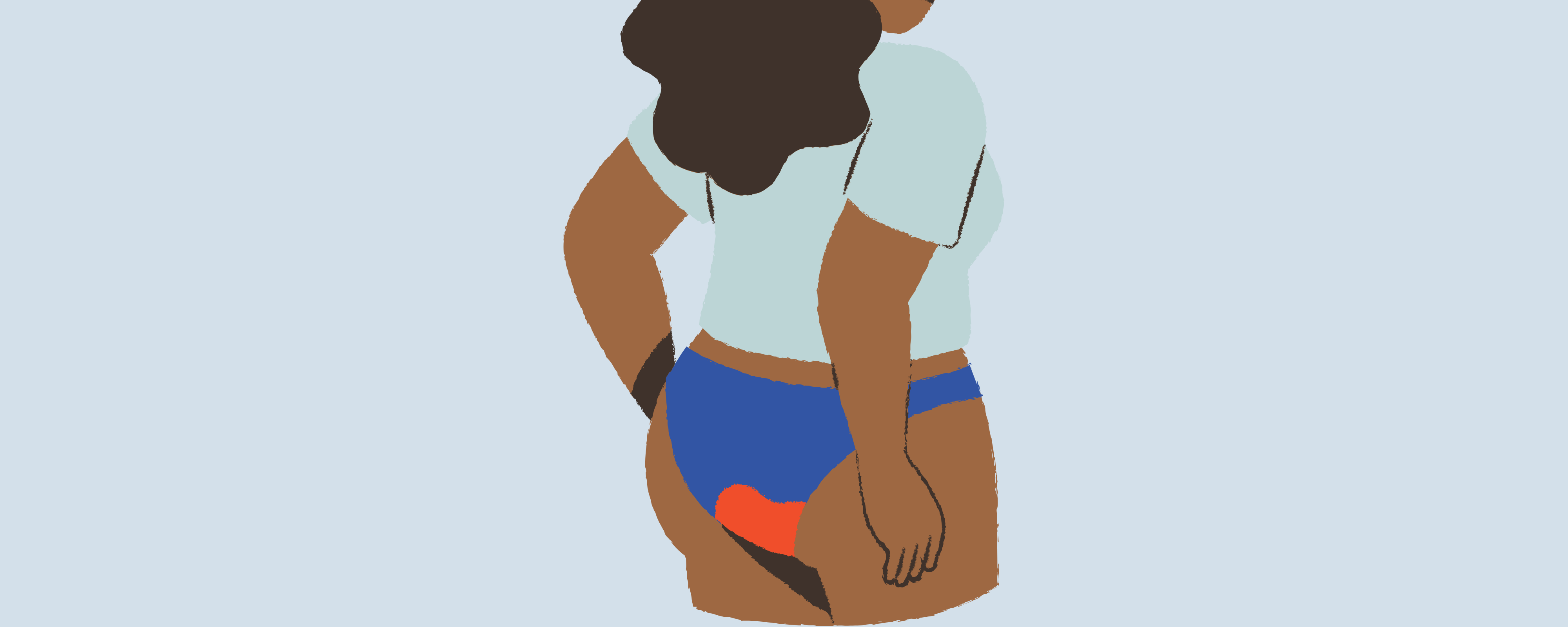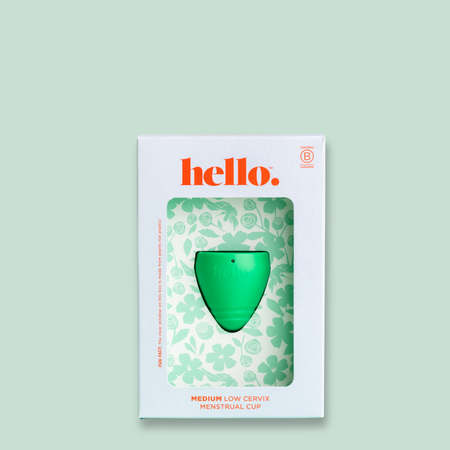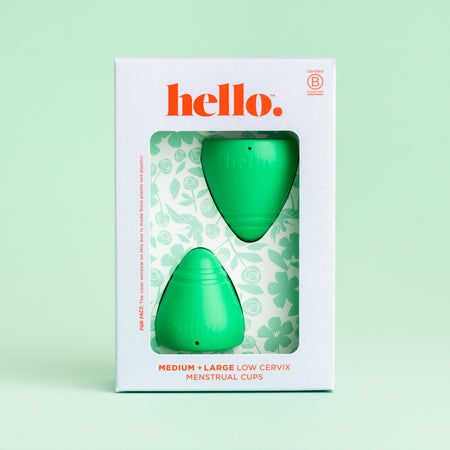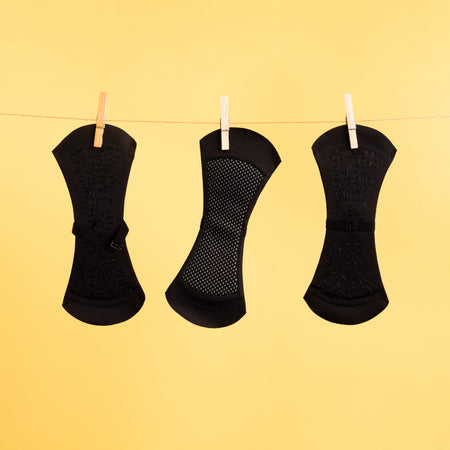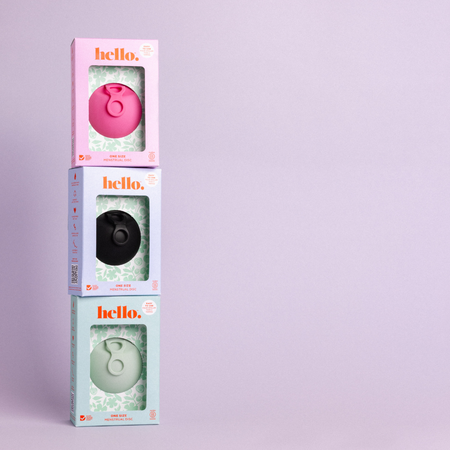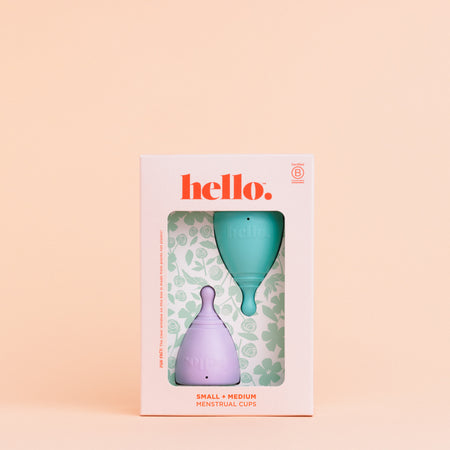Feeling all the feels? Chances are your hormones are at it again.
Hormones get a bad rap sometimes but don’t let them rule your life.
Your menstrual cycle plays a huge part in how you feel everyday but yet many of us just focus on the days when we’ve actually got our period. Understanding how your hormone levels fluctuate and change during the other phases of your cycle will help you understand why on some days you feel like a total Queen whereas on others you just want to hide under the covers.
Knowing what to expect during phases of your cycle can really help you understand your hormones better and allow you to harness the power of your cycle, especially when it comes to things such as nutrition and exercise.
Let’s dive a bit deeper into each phase of the menstrual cycle and what you might feel in each stage.
4 Period Phases and Mood:
Menstruation (Days 1-5)
This is when your period kicks off, signalling the shedding of the uterine lining. Oestrogen and progesterone levels are low during this phase.
- Physical symptoms: Cramps, bloating, fatigue, headaches, breast tenderness.
- Emotional symptoms: Mood swings, irritability, sadness, fatigue.
Follicular Phase (Days 1-13)
As your period winds down, your body gears up for ovulation. Oestrogen levels start to rise, stimulating the growth of the uterine lining and preparing for the release of an egg.
- Physical symptoms: Increased energy, clearer skin, reduced bloating, heightened libido.
- Emotional symptoms: Increased focus and productivity, positive mood, optimism.
Ovulation (Day 14)
This is when your ovary releases an egg, ready to potentially be fertilised by sperm. Oestrogen levels peak just before ovulation, while luteinizing hormone (LH) surges to trigger the release of the egg.
- Physical symptoms: Increased cervical mucus, heightened libido, mild pelvic discomfort.
- Emotional symptoms: Elevated mood, increased confidence, heightened social interaction.
Luteal Phase (Days 15-28)
After ovulation, the empty follicle left behind transforms into a structure called the corpus luteum, which produces progesterone. This hormone helps to maintain the uterine lining in case of pregnancy. If pregnancy doesn't occur, oestrogen and progesterone levels drop.
- Physical symptoms: Breast tenderness, bloating, food cravings (especially for carbs or sweets), acne flare-ups.
- Emotional symptoms: Mood swings, irritability, anxiety, fatigue, sensitivity to stress.
Oestrogen, often dubbed the "queen bee" of the menstrual cycle, takes centre stage during the first half of your cycle. It's responsible for stimulating the growth of the uterine lining, promoting ovulation, and keeping your mood and energy levels up.
Meanwhile, progesterone steps into the spotlight during the second half of your cycle. Its main job is to maintain the uterine lining and prepare your body for a potential pregnancy. If pregnancy doesn't occur, progesterone levels drop, triggering the start of your period and kicking off the next cycle.
So what actually causes those annoying PMS symptoms? Blame it on the delicate dance between oestrogen and progesterone. When these hormones are out of balance, it can lead to mood swings, bloating, cravings, and other fun surprises. The good news is that there are steps you can take to support hormonal balance, such as eating a balanced diet, getting regular exercise, and managing stress.
By tuning into your body's natural rhythms and honouring its needs, you can embrace each phase of your cycle with knowledge about your moods - both the highs and the lows.
